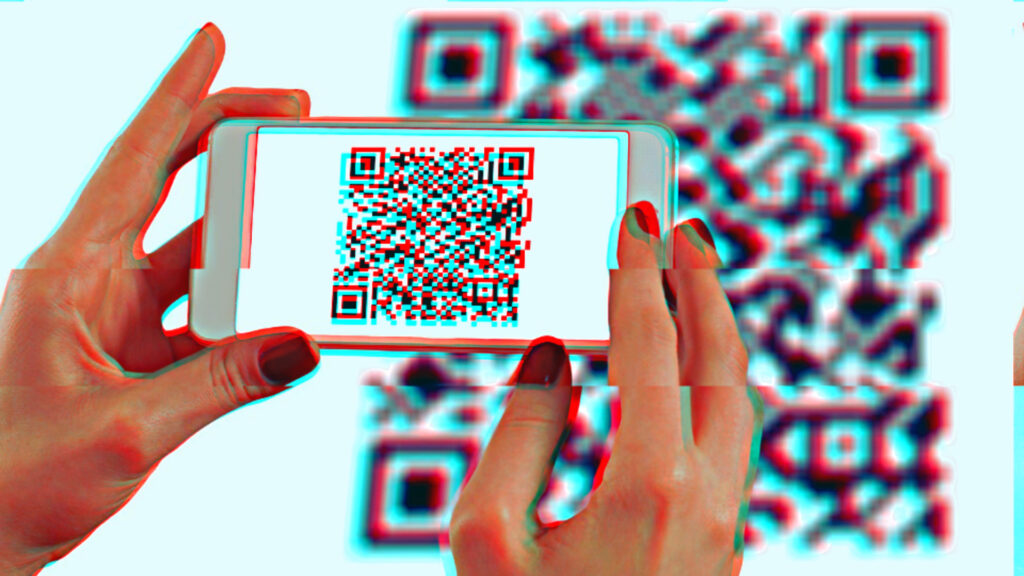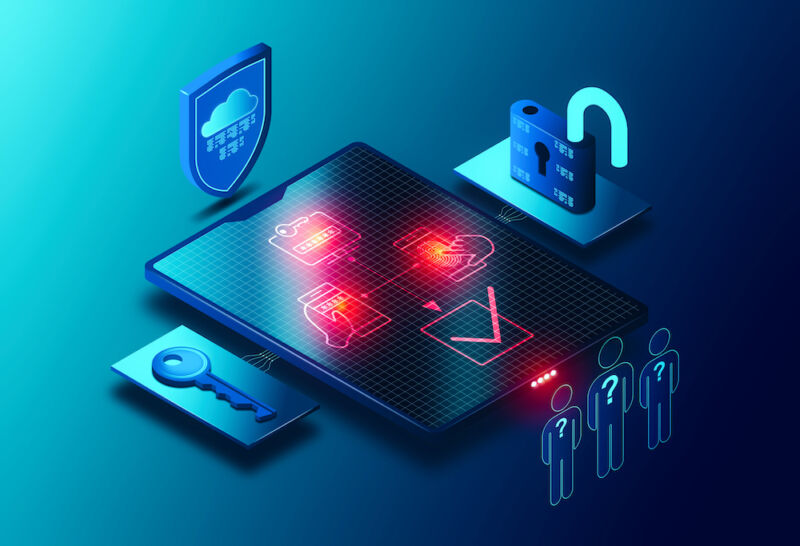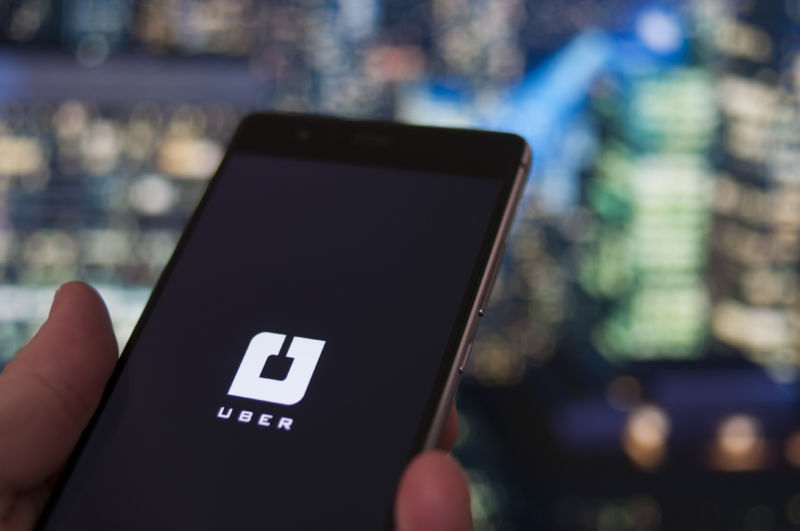
Enlarge
(credit: Getty Images)
A ragtag bunch of amateur hackers, many of them teenagers with little technical training, have been so adept at breaching large targets, including Microsoft, Okta, Nvidia, and Globant, that the federal government is studying their methods to get a better grounding in cybersecurity.
The group, known as Lapsus$, is a loosely organized group that employs hacking techniques that, while decidedly unsophisticated, have proved highly effective. What the group lacks in software exploitation, it makes up for with persistence and creativity. One example is their technique for bypassing MFA (multi-factor authentication) at well-defended organizations.
Studying the Lapsus$ hacking playbook
Rather than compromising infrastructure used to make various MFA services work, as
more advanced groups do
, a Lapsus$ leader last year described his approach to defeating MFA this way: “Call the employee 100 times at 1 am while he is trying to sleep, and he will more than likely accept it. Once the employee accepts the initial call, you can access the MFA enrollment portal and enroll another device.”
chevron_right






 1/N
1/N
